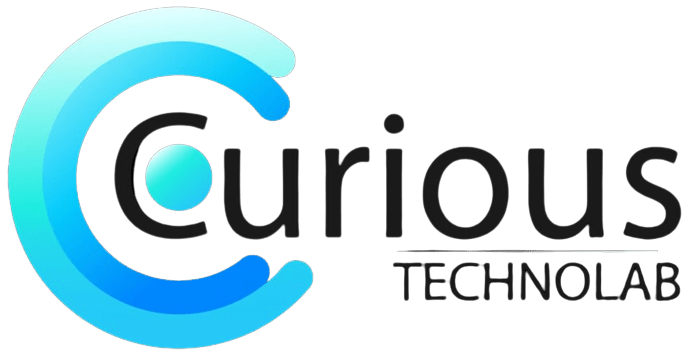In the fast-paced world of web design and development, efficiency is the key to success. Web design and development agency and companies need to constantly adapt and evolve to meet the demands of clients and keep up with industry trends. The process can be complex, but with the right strategies in place, you can streamline your workflow, reduwebce project timelines, and deliver high-quality results. In this article, we will explore how to optimize your web design and development process for efficiency.
Understanding the Web Design and Development Process
Before diving into optimization, it’s essential to have a clear understanding of the web design and development process. This process typically involves several key phases:
1. Planning
The initial phase involves gathering client requirements, defining project goals, and creating a project plan.
2. Design
In this phase, the visual and user interface design is created, often involving wireframes and mockups.
3. Development
Developers then transform the design into a functional website or web application using various programming languages and technologies.
4. Testing
Quality assurance is critical. Testing ensures the site functions correctly and is free of errors or bugs.
5. Launch
After testing and client approval, the site is deployed and goes live.
6. Maintenance
Regular updates, bug fixes, and performance enhancements are performed to keep the website up to date and secure.
Key Strategies for Optimization
Now that we have a basic understanding of the web design and development process let’s explore how to optimize each phase for efficiency.
1. Planning Phase
Define Clear Objectives
Clearly define project goals and objectives at the outset. This will provide a roadmap for the entire project and help keep it on track.
Client Collaboration
2. Design Phase
Maintain open communication with clients to avoid misunderstandings and scope creep. Collaboration tools can aid in efficient communication and project management.
Use Templates and Frameworks
Leverage design templates and frameworks to speed up the design process. This can help you maintain consistency in design and reduce design time.
Responsive Design
Ensure that the design is responsive and adaptable to various devices. This saves time and effort during development and improves user experience.
3. Development Phase
Choose the Right Technologies
Select the most appropriate development technologies and frameworks for your project. Using the latest tools can streamline development and enhance performance.
Modular Development
Break the project into smaller, manageable components. This allows multiple developers to work concurrently, reducing development time.
Version Control
Implement version control systems like Git to track changes, collaborate efficiently, and avoid code conflicts.
4. Testing Phase
Automated Testing
Incorporate automated testing tools to quickly identify and fix issues, reducing the time spent on manual testing.
Cross-Browser and Device Testing
Ensure compatibility across various browsers and devices to minimize post-launch bug fixes.
5. Launch Phase
Deployment Automation
Use deployment automation tools to ensure a smooth and efficient launch process. This minimizes downtime and potential issues during the launch.
6. Maintenance Phase
Regular Updates
Keep your website or web application up to date with regular maintenance and updates to prevent security vulnerabilities and improve performance.
Performance Monitoring
Implement performance monitoring and analytics tools to identify and address performance issues promptly.
The Benefits of Optimization
Efficient web design and development processes offer several significant benefits to your web design and development company or agency:
- Reduced Costs: Optimized processes save time and resources, leading to cost savings.
- Faster Delivery: Projects can be delivered more quickly, improving client satisfaction.
- Higher Quality: Streamlined processes allow for more thorough testing and higher-quality results.
- Competitive Advantage: Efficiency sets you apart in a competitive industry.
Conclusion
In the world of web design and development, efficiency is not a luxury but a necessity. By optimizing your web design and development process, you can stay competitive, deliver high-quality results, and keep your clients happy. Implement the strategies mentioned in this article and watch your web design and development agency or company thrive in an industry where efficiency is paramount.

